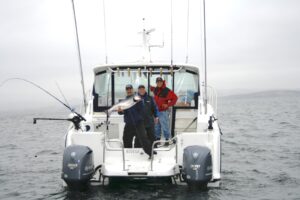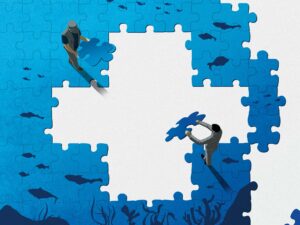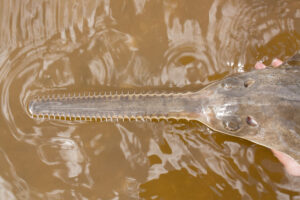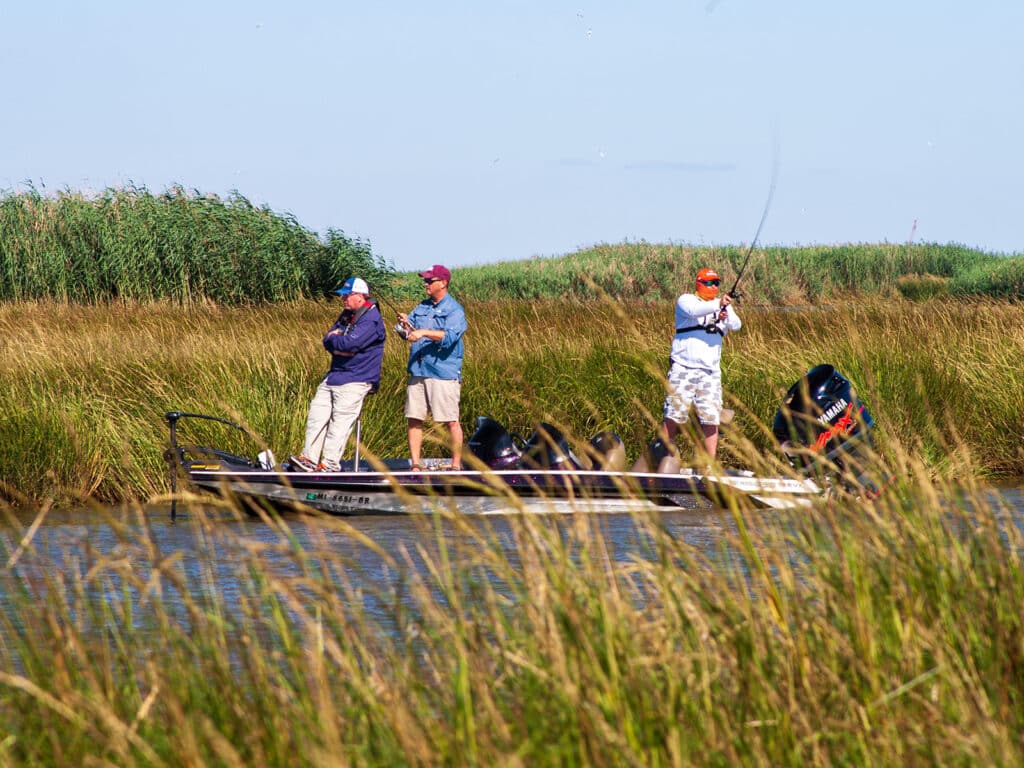
On May 25, the U.S. Supreme Court handed down a ruling with significant implications for countless species of fresh and saltwater fish and wildlife. The decision in Sackett v. EPA strips federal protections from wetlands that lack a “continuous surface connection” with adjacent water bodies. Out of the 118 million acres of wetlands in our country, this ruling removes protections from more than half.
Wetlands, be they mountain fens or coastal marshes, are critical and productive habitats that help the fish we love to catch survive. They filter out sediment and pollution, provide refuge for spawning fish, recharge groundwater, and help maintain water temperatures. When it rains or snows, wetlands become natural sponges, absorbing excess water and reducing flood risk. And when there’s drought, they can do the reverse and replenish depleted water supplies.
Debate: What are Waters of the United States?
The Clean Water Act is our most powerful tool for safeguarding water quality, wetlands, and riparian habitat. Passed in 1972, the Act has been wildly successful in significantly increasing the percentage of fishable and swimmable waterways. The geographic scope of federal protections is applied to “waters of the United States” — and the definition of that designation has been under debate for years.
For wetlands, the most notable distinction came in 2006 when the Supreme Court ruled that the connection between bodies of water didn’t have to be visible, but could be measured in other ways. The far more important question was whether the water had a “significant nexus” with another, already-protected body of water (for example, through groundwater connections). If yes, both bodies of water deserved protection.
Under the new Sackett ruling, it’s likely that wetlands that lack a continuous surface connection, and only have a significant nexus, to a federally protected body of water are now vulnerable.
This means construction and development projects that impact wetlands that are not within the flood plain of a flowing river or stream may no longer be required to minimize their impacts, including restoring other wetland areas or creating new ones. The negative effects, such as the loss of pollution-filtering vegetation and floodwater absorption capabilities, flow downstream.
Exactly how many square miles of wetlands will be excluded based on this decision remains to be seen; however, it’s already apparent that certain types of wetland features that provide important wildlife habitat, such as mountain fens, peatland pocosins in coastal areas, prairie potholes, and isolated, intermittent wetlands are all at immediate risk.
What’s Next for Wetlands?
The EPA and U.S Army Corps of Engineers, the two agencies responsible for implementing federal protections under the Clean Water Act, will need to interpret the Supreme Court’s decision and develop a new rule to implement these changes. This rule-making process will provide an opportunity for hunters and anglers to weigh in.
Perhaps the most straightforward solution would be for Congress to, once and for all, amend the Clean Water Act to clarify the scope of federal protections for a broader range of aquatic ecosystems. Congress could also take steps to increase funding for existing, voluntary wetland conservation programs, such as the U.S. Department of Agriculture’s Wetland Reserve Easement program, which allows landowners to conserve and restore wetlands in exchange for compensation. Other federal programs, such as the U.S. Fish and Wildlife Service’s North American Wetlands Conservation Act Grants and Partners for Fish and Wildlife Program, also provide critical financial and technical support for voluntary wetland conservation.
State-Level Programs for Wetlands
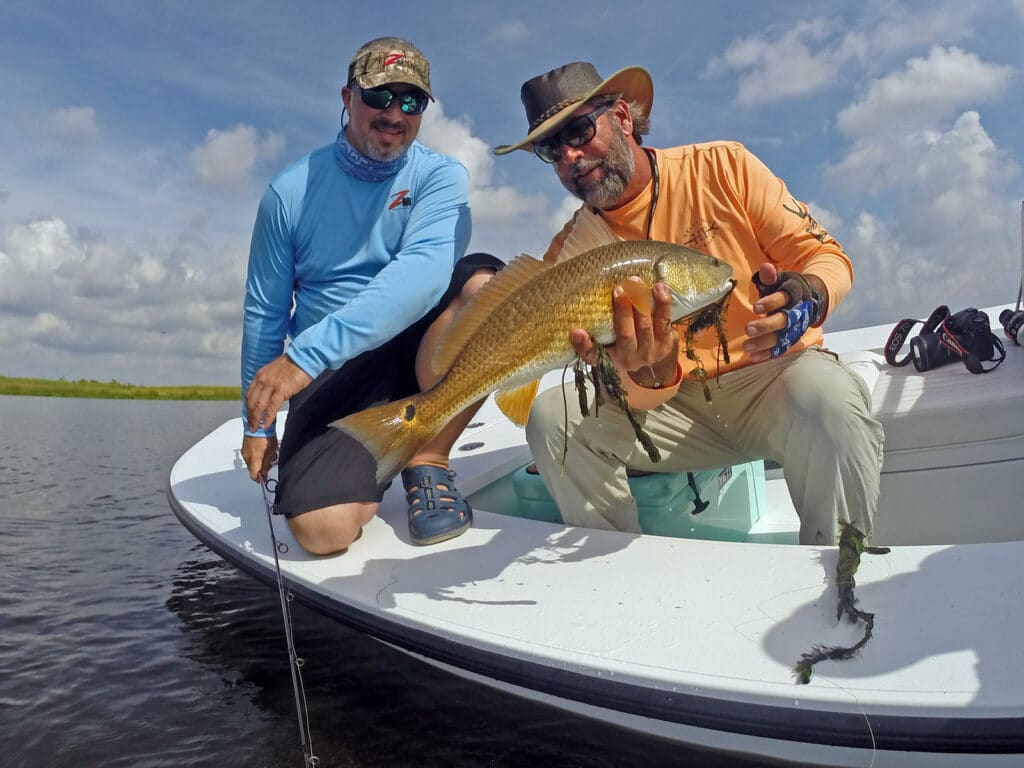
Some states, including California, New York, and Minnesota, already have robust, comprehensive wetland protection programs in place, which require permits and mitigation for activities taking place in and around state waters. Many of these state-level programs were established to serve as a backstop to shifting federal laws. However, only about a quarter of states have an active wetland permitting program established, as others typically have relied on the federal protections. This means immediate efforts are focused on working with states to bolster existing wetland protection programs or create new ones. These efforts are vital, but challenging. Many states don’t have the capacity to stand up and administer such programs, requiring additional funding, perhaps through the EPA.
These various policy efforts present an opportunity for both freshwater and saltwater anglers; hunters who appreciate hidden patches of marshland; and anyone who enjoys healthy, clean water to become more engaged with their federal and state representatives. No matter if you enjoy fishing for walleye, steelhead, or red snapper, or hunting wood ducks and dark-antlered bucks in October lowland pockets, the wetlands that support these species are at risk, and the time for action is now.
About the Author: Alex Funk is the Director of Water Resources and Senior Counsel for the Theodore Roosevelt Conservation Partnership.


